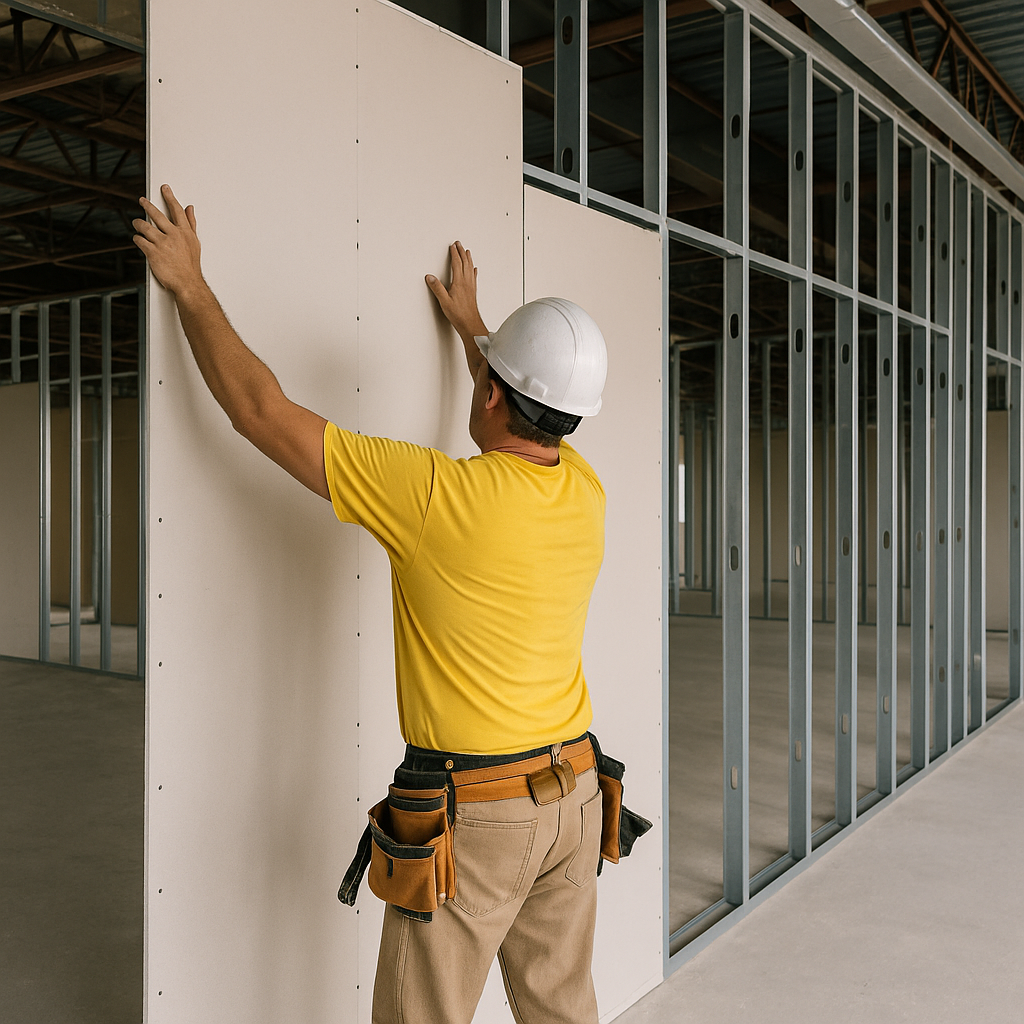
Drywall in healthcare construction is more than just partitioning—it plays a critical role in infection control, durability, acoustic privacy, and regulatory compliance. For architects, engineers, and general contractors, omitting even minor details in drywall estimation for medical facilities can lead to costly overruns or compliance failures. Estimating for healthcare projects requires precision, specialty product knowledge, and a data-informed approach to scope management.
Unlike conventional commercial or residential spaces, healthcare environments—such as hospitals, surgical centers, and outpatient clinics—have strict requirements around hygiene, fire resistance, and acoustics. Wall assemblies must meet specific standards for:
These requirements translate into specialized boards, enhanced framing, and additional accessories—all of which must be accurately scoped during the estimating process.
To avoid surprises during construction, estimators must address these unique variables upfront:
These are not simply add-ons—they are integral to healthcare wall systems and should be broken out clearly in the estimate.
Modern drywall estimating tools enable estimators to assign cost drivers at the assembly level, using both subjective and objective factors. This is especially critical in healthcare, where design changes are frequent and compliance issues can be expensive to correct after construction begins.
Tools that offer layered estimating views and version-controlled updates allow contractors to stay aligned with architects and medical planners as plans evolve.
Active Estimating gives users the ability to tag room types, track material types, and break out costs by wall performance criteria. With integrated production tracking and estimate benchmarking, healthcare projects can be scoped in real time—minimizing surprises and aligning budgets to the realities of clinical design.
This ensures that the complexities of infection control assemblies, radiation shielding, and acoustic performance are captured early and priced accurately, enabling smoother construction and faster compliance approvals.
Drywall in healthcare settings is high-stakes work. Estimating it with the rigor it deserves protects your margins, builds client trust, and sets up your team for success on site. By applying zone-specific logic, accounting for specialty assemblies, and using intelligent estimating systems like Active Estimating, your team can confidently tackle even the most complex clinical builds with accuracy and precision from day one.
Schedule a personalized demo to see how Active Estimating can work for your specific needs.
